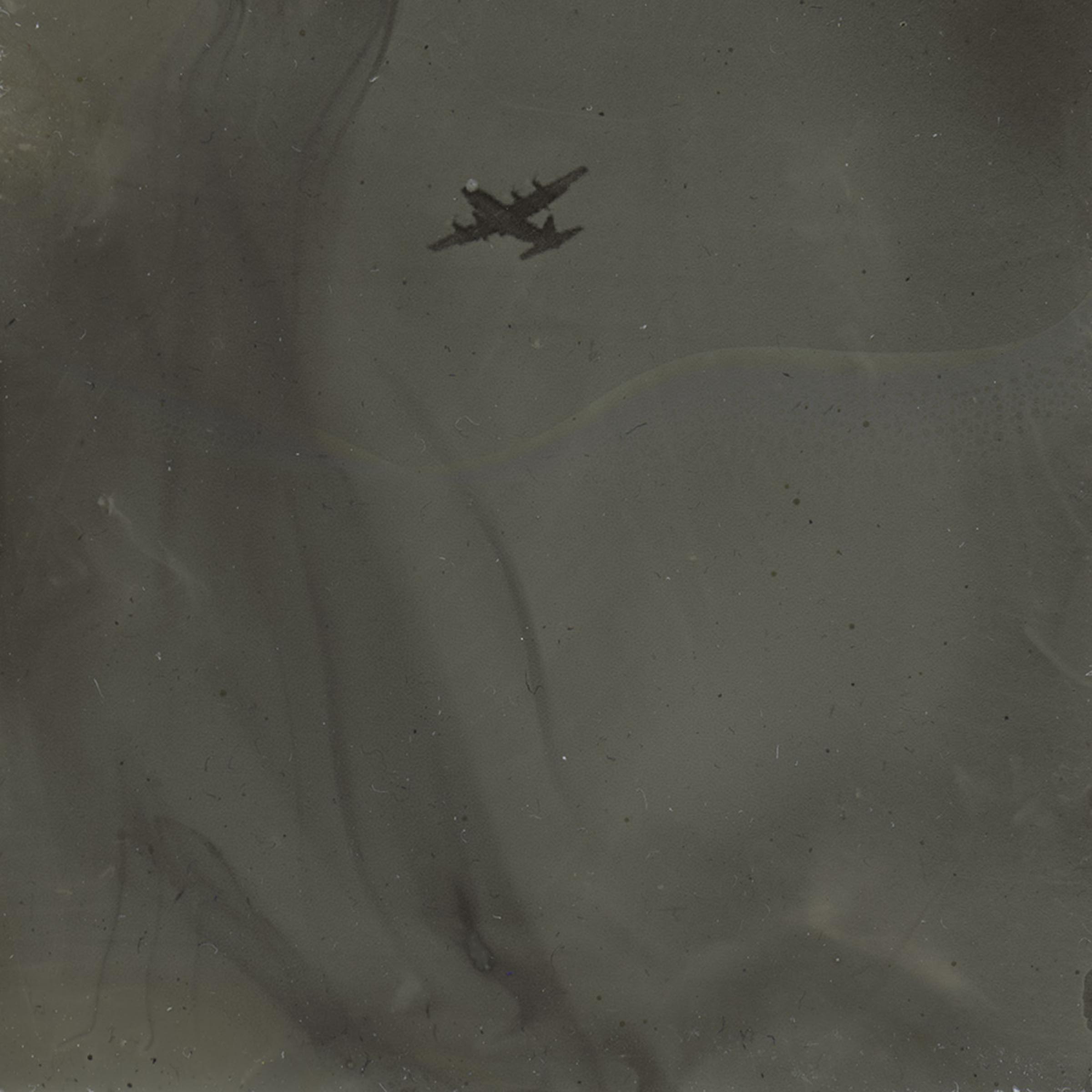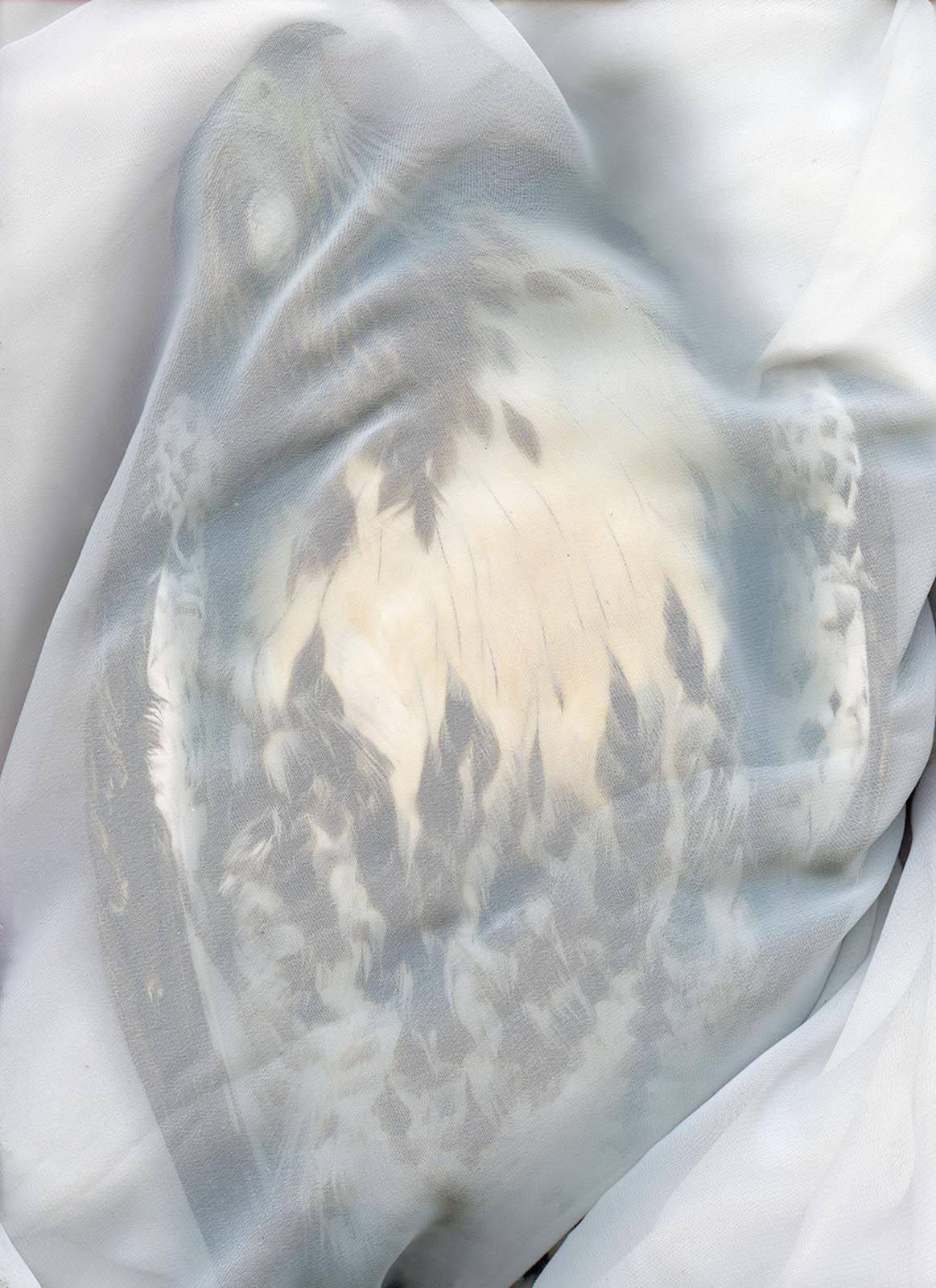How did you get into making art?
I’ve been creating for as long as I can remember. Art-making has provided me with a sense of comfort, release and purpose beginning in early childhood. I loved drawing and painting, and when I was about 5 a family friend gave me my first Polaroid camera. It also helped that my parents were both creative people who always encouraged my self-expression and it was my mother–a former photographer–who suggested studying art formally in college.
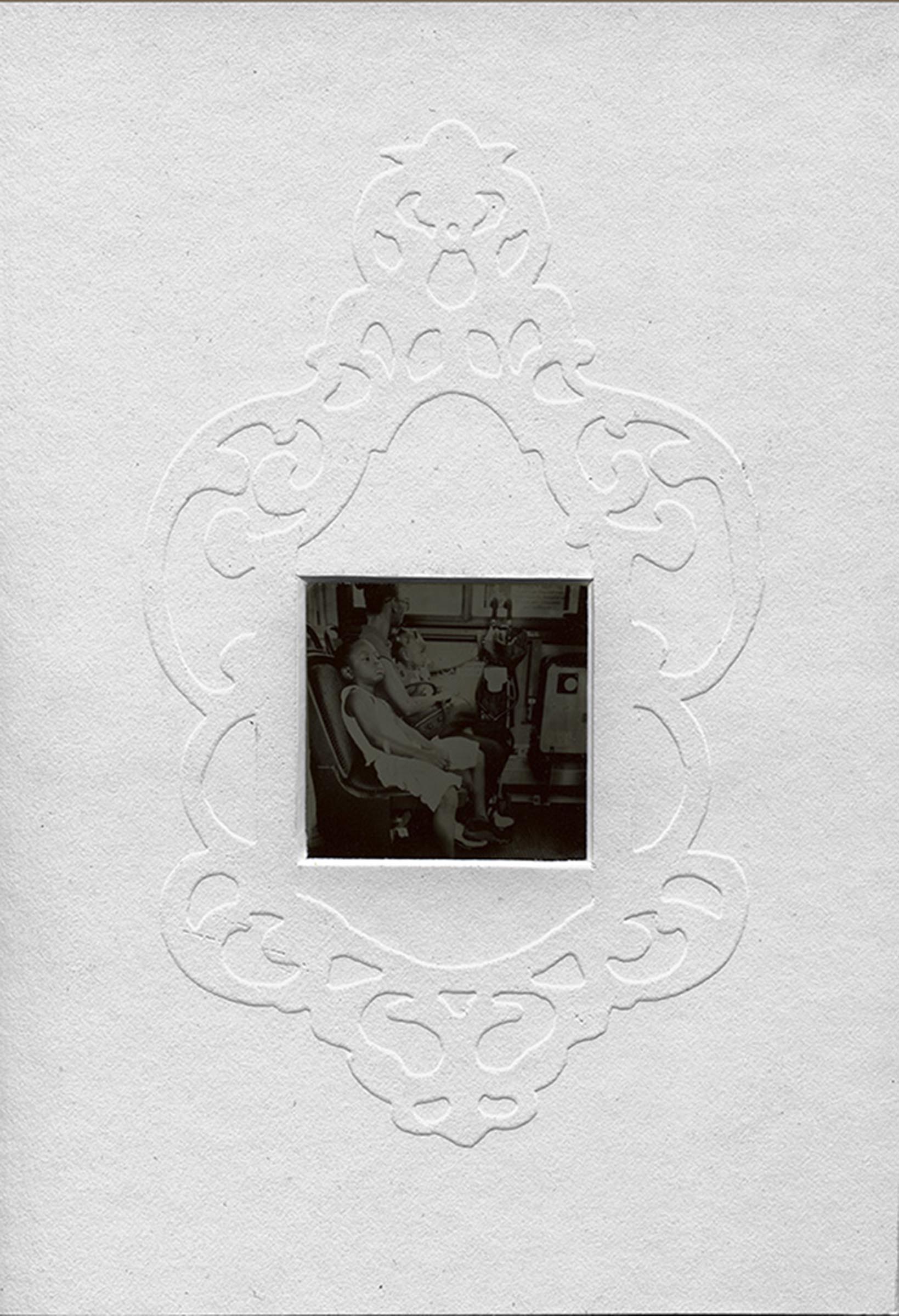
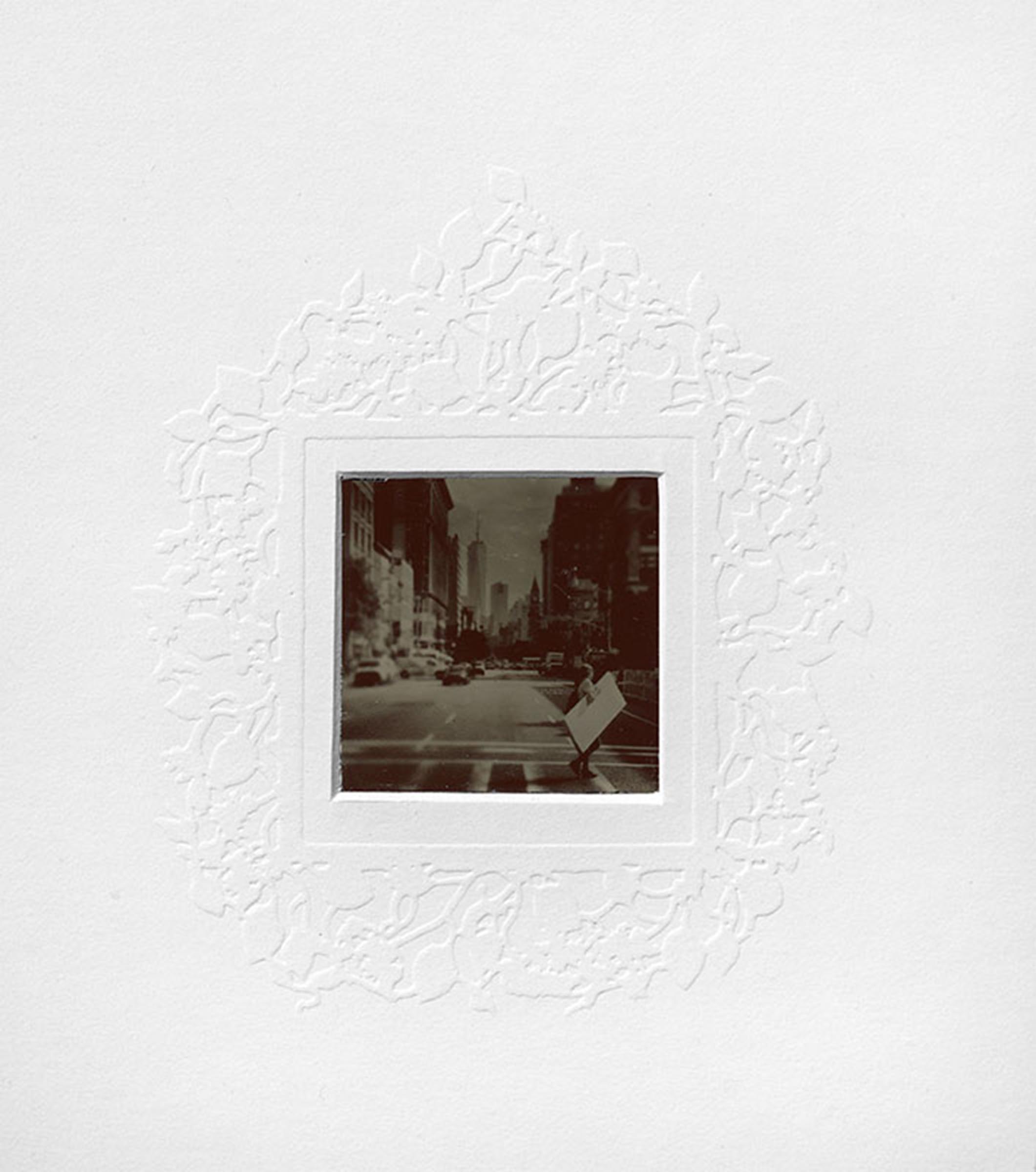
What are you currently working on?
My project “Ars Moriendi” is one I began several years ago at the Playa Summer Lake artist residency in Oregon; it is unfinished and I keep coming back to it. This series about grief and mourning takes its title from two 15th century Latin texts about how to “die well.” I am a little obsessed with death, having lost my father at an early age as well as other members of my family. The actual images in “Ars Moriendi” are of dead birds I find and feel the need to memorialize, but they are also stand-ins for people I have lost, as well as representations of my thoughts about my own mortality.
As I write this, I am in Urubamba, Peru participating in another art residency called Arquetopia. In my studio here I am playing with language, specifically words that pertain to being “American.” Using stencils and colors that represent the US, Italian, Peruvian and French flags, I’m creating drawings that ask questions about who gets to call themselves American, as well as attempting to poke holes in the traditional sense of American identity.
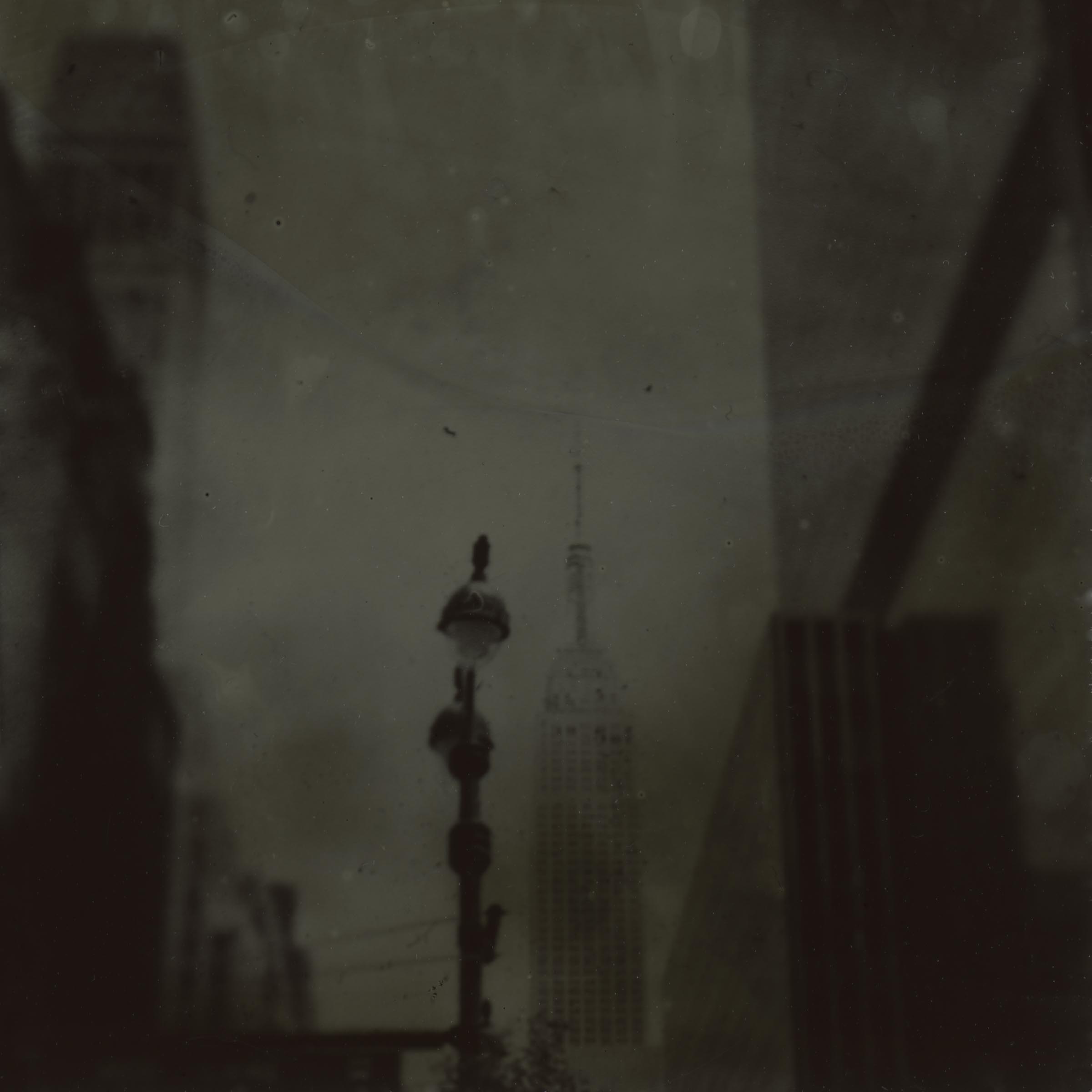
Art making has provided me with a sense of comfort, release and purpose beginning in early childhood.
Aziza Murray
What inspired you to get started on this body of work?
Before arriving in Peru I had been thinking about what it means to be American. The United States has co-opted the term although the Americas includes Central and South America. I have met people in Mexico previously, and currently in Peru, who have reminded me that they too are American. I’ve always been interested in language; I attented a bilingual elementary school where I learned Spanish at a young age, and my father was fluent in French. I am creating a body of work that plays with the similarities and differences of words that we use to identify ourselves in a national sense.

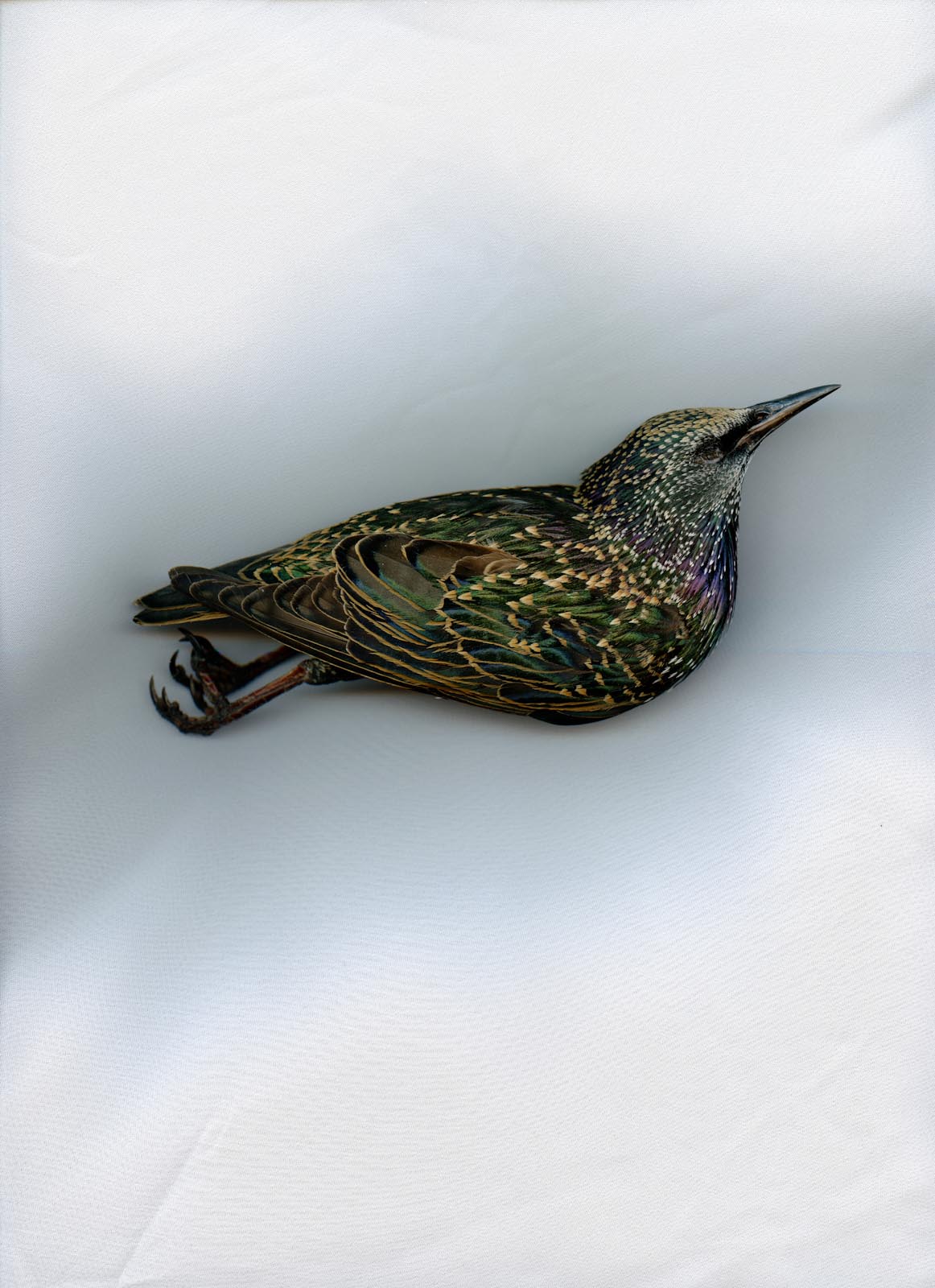
Do you work on distinct projects or do you take a broader approach to your practice?
I have no shortage of project ideas stored in various notebooks and my phone, many of which are related to one another but take on very different approaches and my completed works are the same. I work in a project-based way although there are common threads throughout many of my bodies of work. Sometimes I find it easiest to just start photographing things I find interesting, in a stream-of-consciousness manner. Later when I look at all of the photographs I find the commonalities.
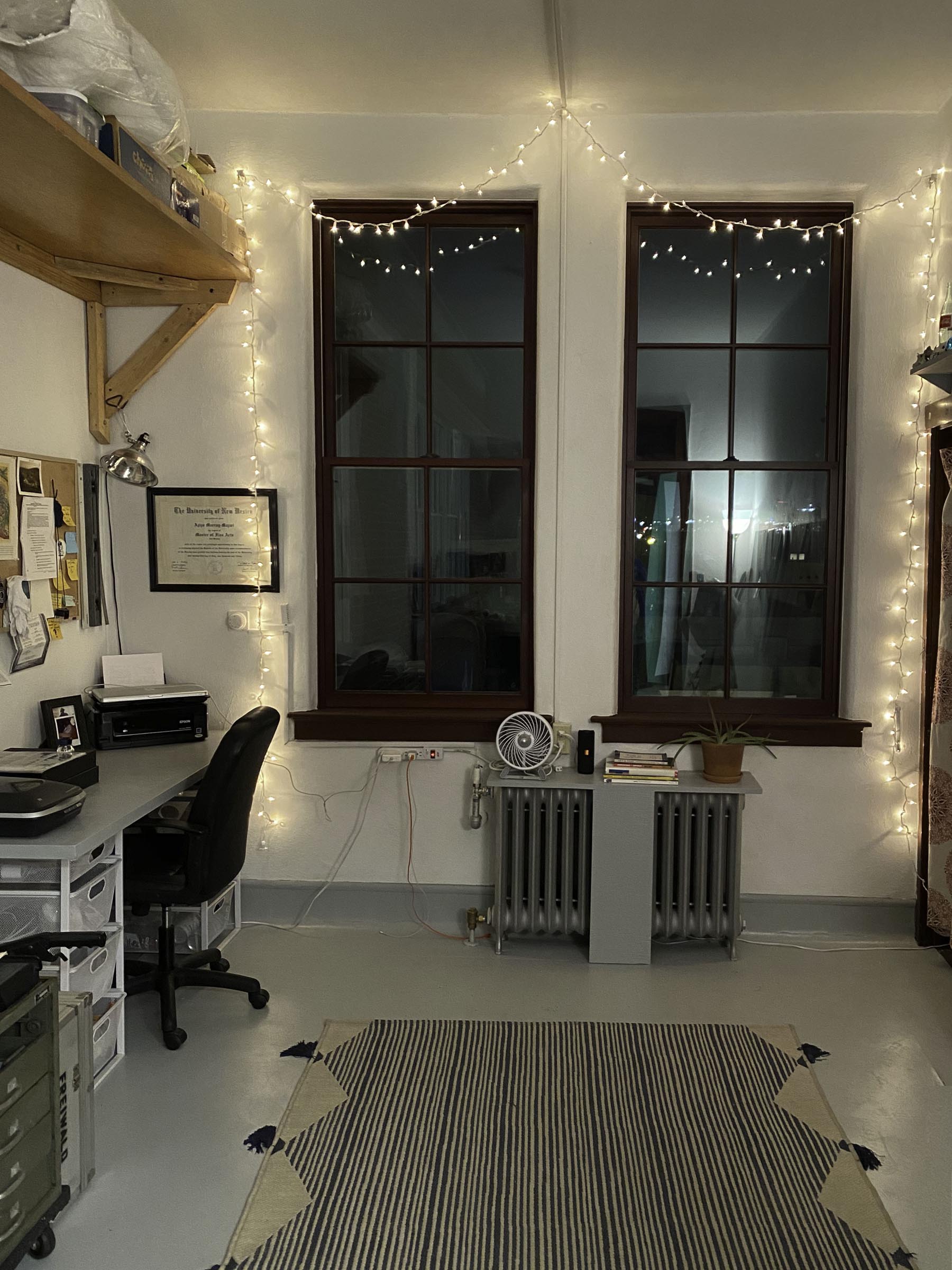
What’s a typical day like in your studio?
There isn’t really a typical day in the studio for me, it really depends on the project and what else is happening in my life. But there are certain things I usually do first: a bit of tidying up, answering my email, checking residency and grant deadlines. I am still learning how to have consistency in my practice while juggling the more mundane aspects of life. I have found that is it incredibly helpful to create as comfortable an atmosphere in my studio as it is in my apartment. Remembering that bouncing my ideas, my anxieties and my unfinished works around with fellow artists helps a lot. Finishing school made me feel thrown to the wind at times, forgetting that I still need my community of artists to help me figure things out. I began working with fellow artist and artist coach Erin Elder last year to work on issues of anxiety and creativity in the studio; she has been a tremendous help.
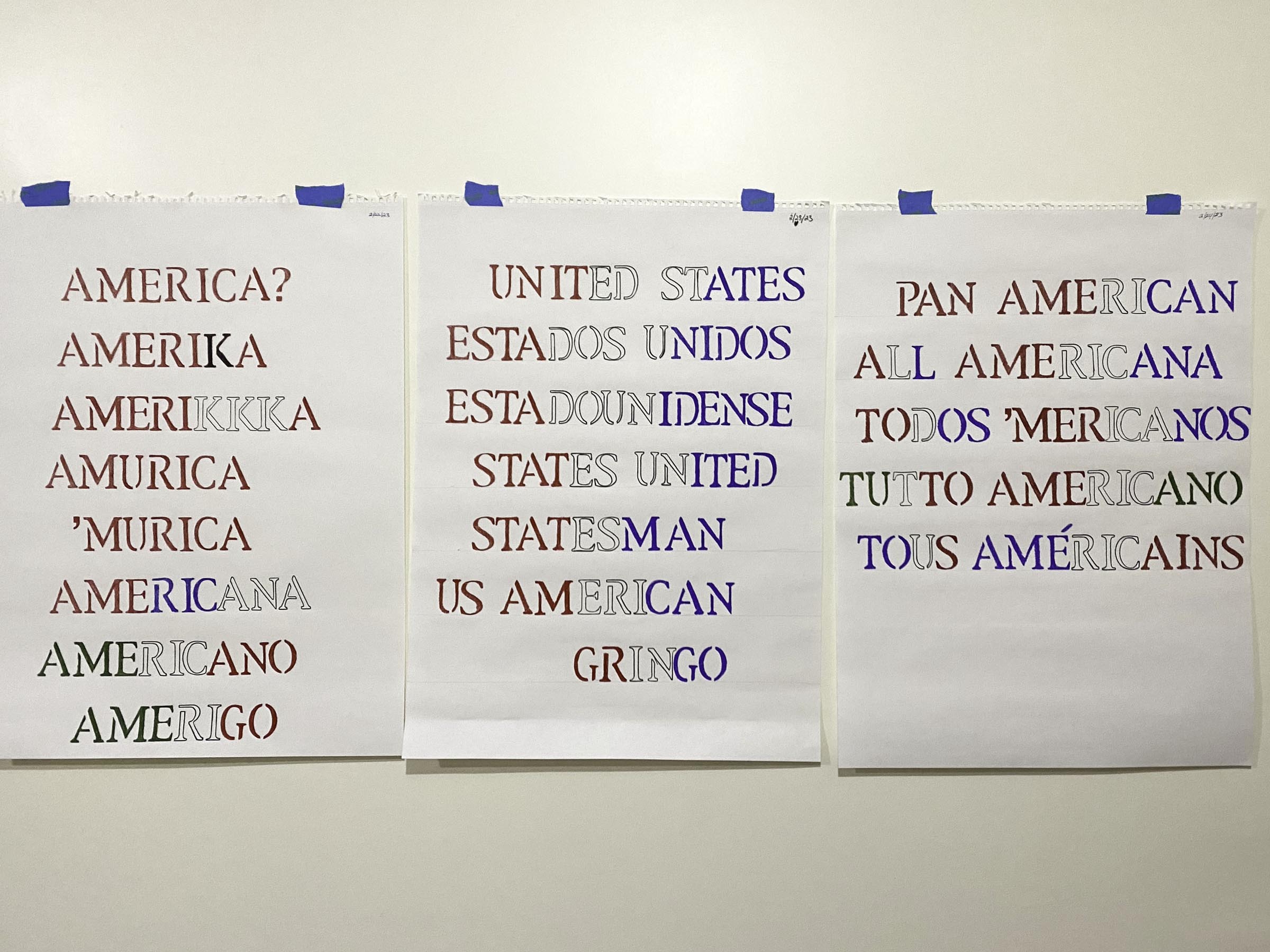
Who are your favorite artists?
Some of my favorite artists are my friends; they are so brilliant and original, I could list at least 50 of them if it were allowed. In terms of famous artists who have inspired me, Lorna Simpson, Carrie Mae Weems, Sally Mann, Gordon Parks and Hiroshi Sugimoto are photographers I greatly admire. I felt a kinship with the ways Simpson and Weems dealt with race in their early work in particular, and I have always been obsessed with process and appreciated the way Sally Mann seemed to be similarly obsessed.
In the last couple years I’ve been fortunate to see works by Titus Kaphar and Whitfield Lovell in person. The ways in which they give life and voice to the struggles and intricacies of black life are intelligent and beautiful. I feel similarly about Maxine Helfman’s stunning Flemish-inspired portraits.
I got to spend a lot of time with Ragnar Kjartansson’s video work “The Visitors,” at the Broad Museum last year and the films of Jordan Peele are also a current obsession. I get a lot of joy and inspiration from film.
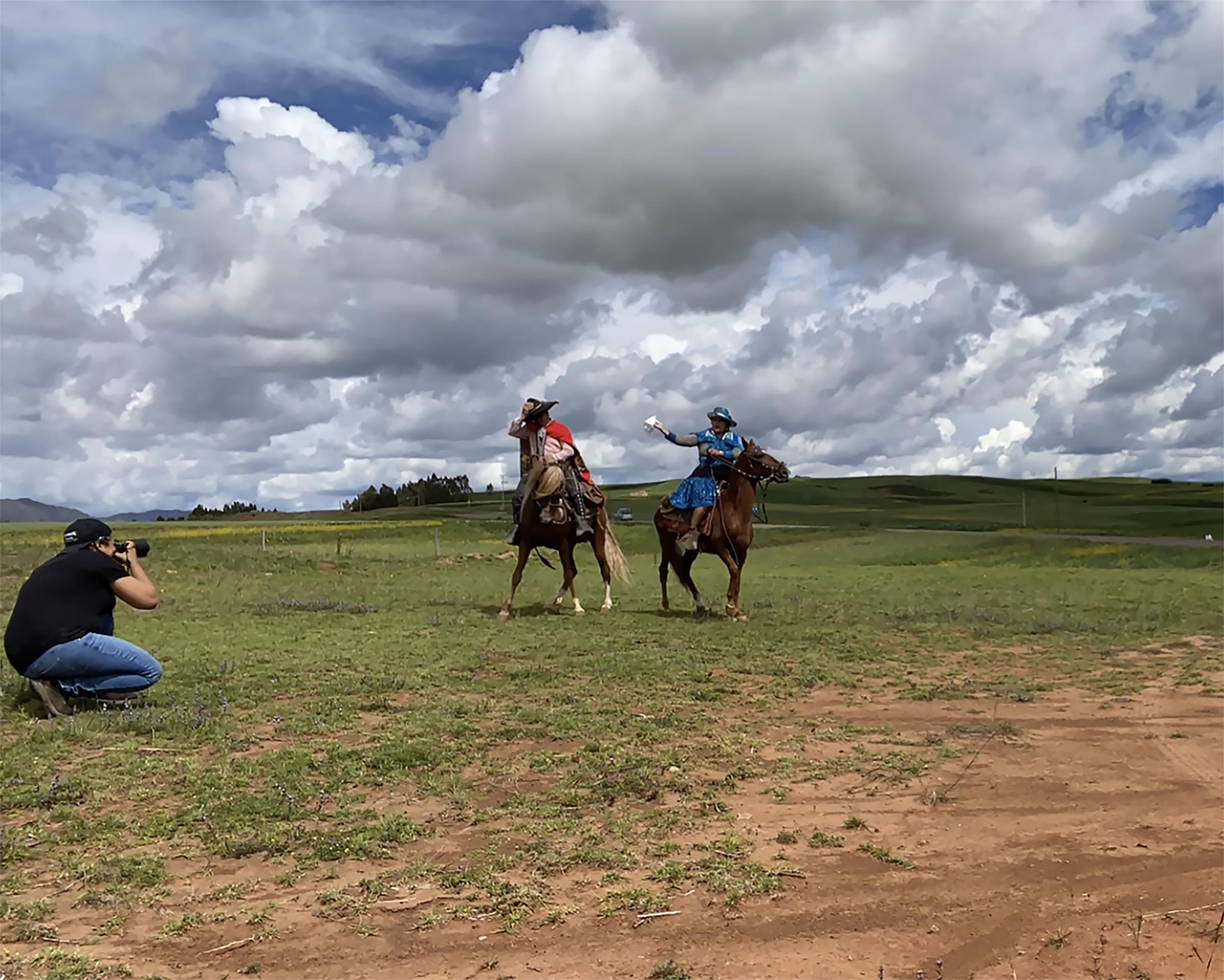
Where do you go to discover new artists?
I love having the almost unlimited access to art that the internet provides–I read articles on Hyperallergic and Colossal sometimes–but there is nothing like seeing works in person. The National Portrait Gallery in Washington, DC and the Broad Museum and LACMA in LA are places that have shown work by some of my favorite artists in recent years. 516 Arts, the Albuquerque Museum, the National Hispanic Cultural Center and Site Santa Fe are all in New Mexico and have also put on some amazing contemporary art shows recently.
Learn more about the artist by visiting the following links:




